Hand Hygiene Project: A Qualitative Study on Hand Hygiene Practices
VerifiedAdded on 2023/06/11
|20
|877
|140
Project
AI Summary
This project investigates hand hygiene practices among Healthcare Professionals (HCPs) using a qualitative research design and survey methods. The study aims to determine the frequency, methods, and materials used by HCPs when cleaning their hands before and after patient interactions. Data was collected through questionnaires, and ethical considerations such as confidentiality, voluntary participation, and safety were prioritized. Statistical analysis of the data revealed that HCPs generally wash their hands before and after patient contact, using soap, antiseptics, and clean water. The project highlights the importance of hand hygiene in preventing Hospital Acquired Infections (HAIs) and promotes behavior change among HCPs, emphasizing the educational value of hand washing for all hospital users. The findings underscore the need for continuous reinforcement of proper hand hygiene practices within healthcare settings. Desklib provides access to similar projects and resources for students.
1 out of 20
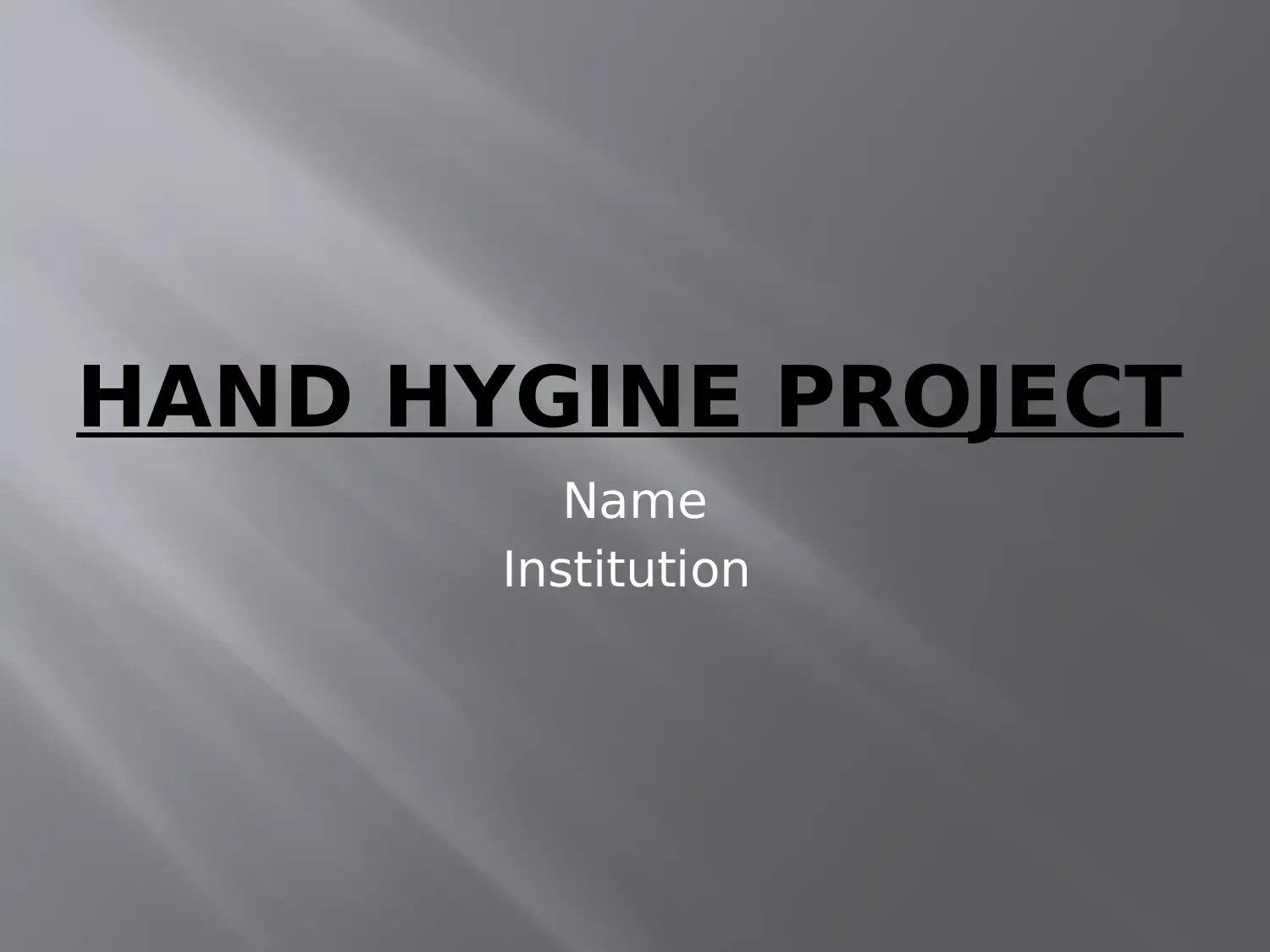
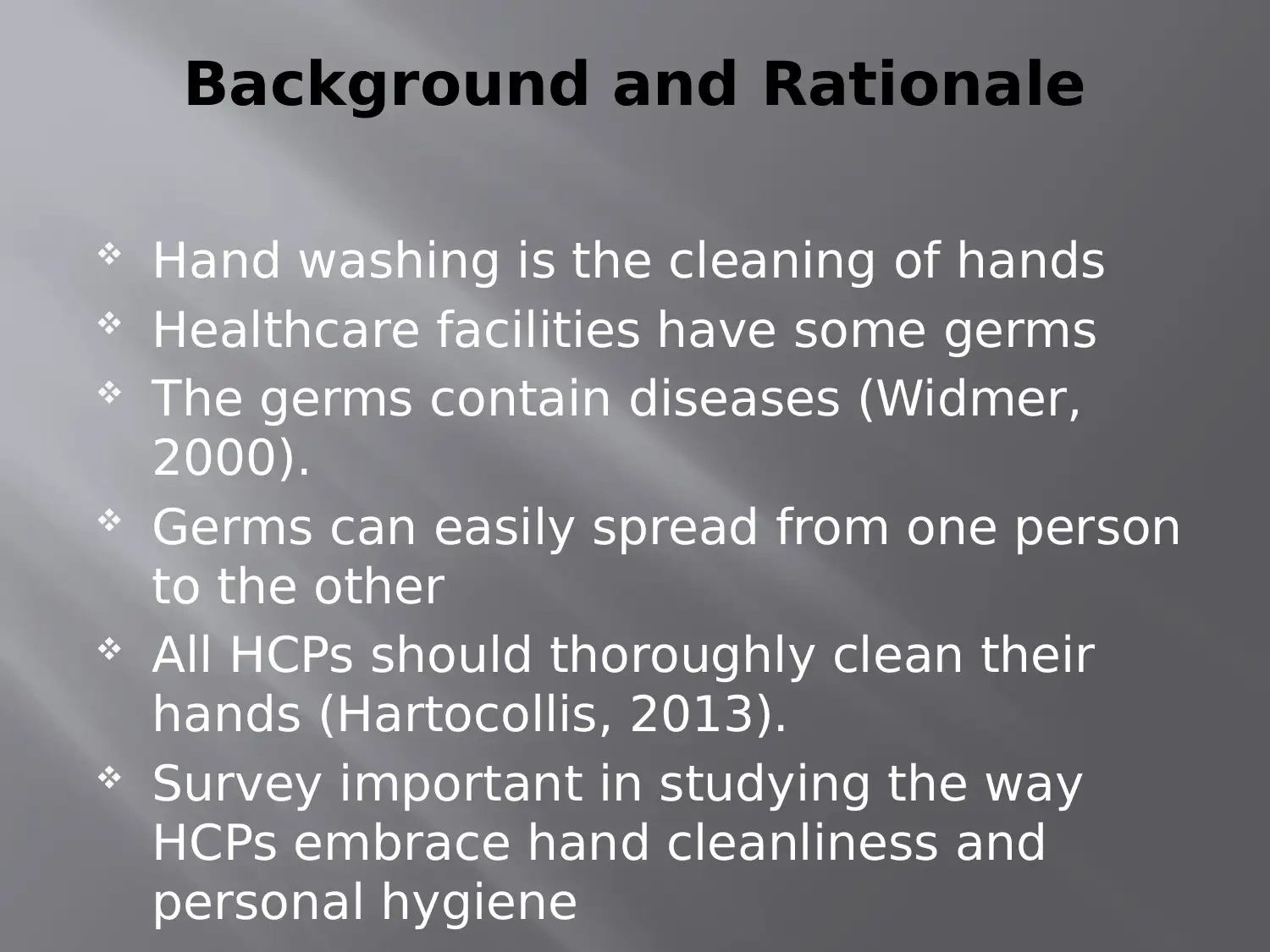
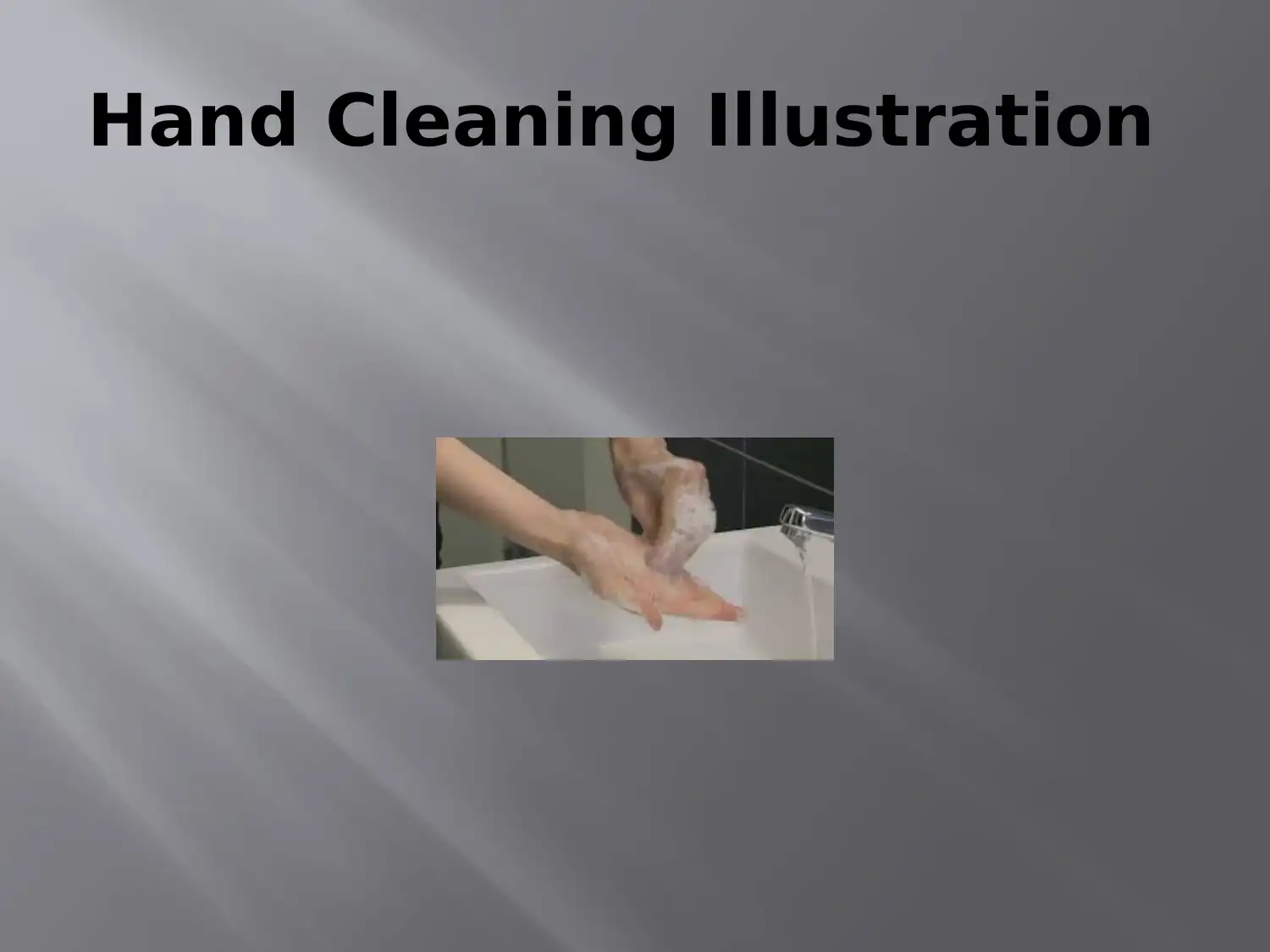

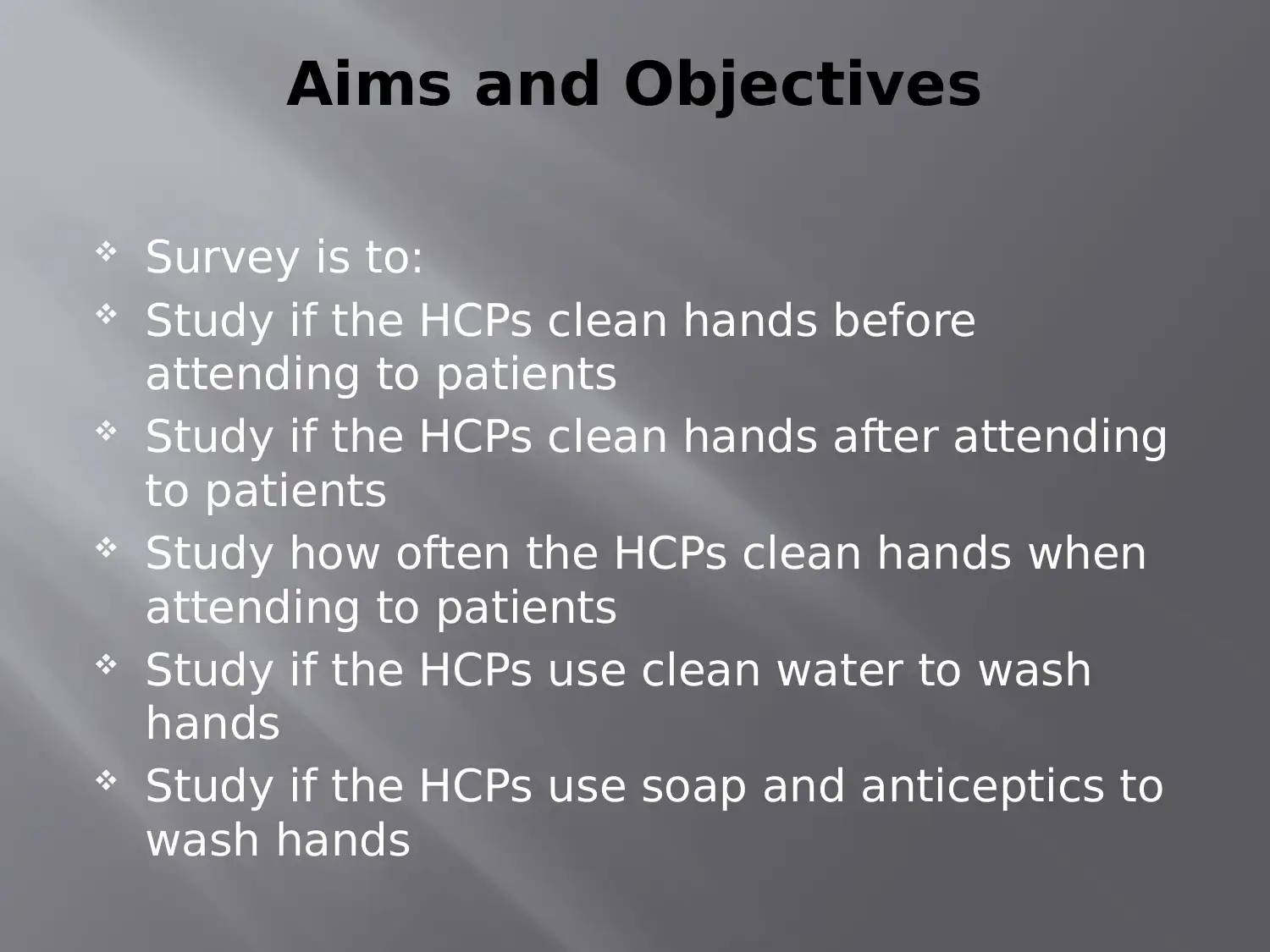
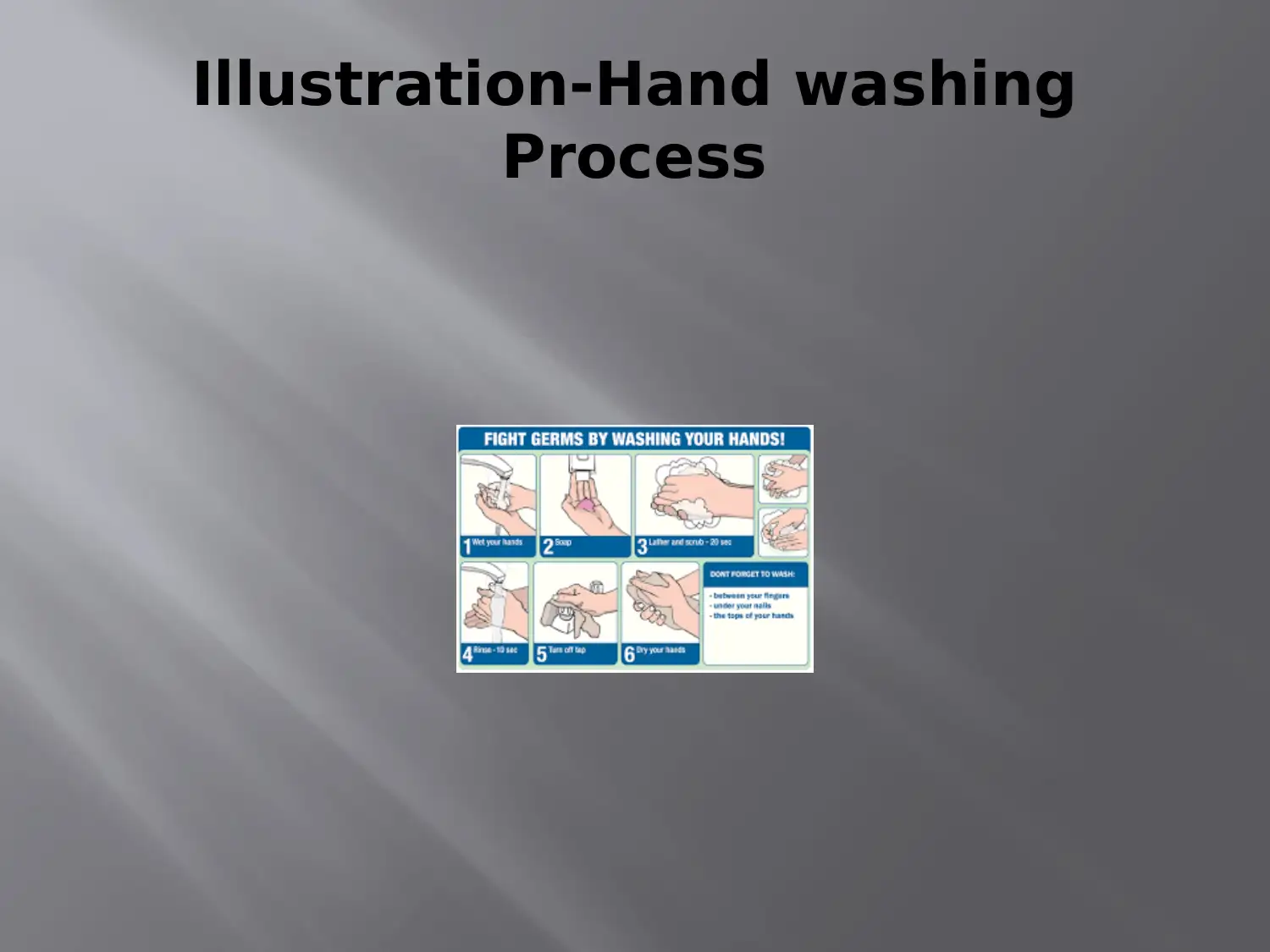
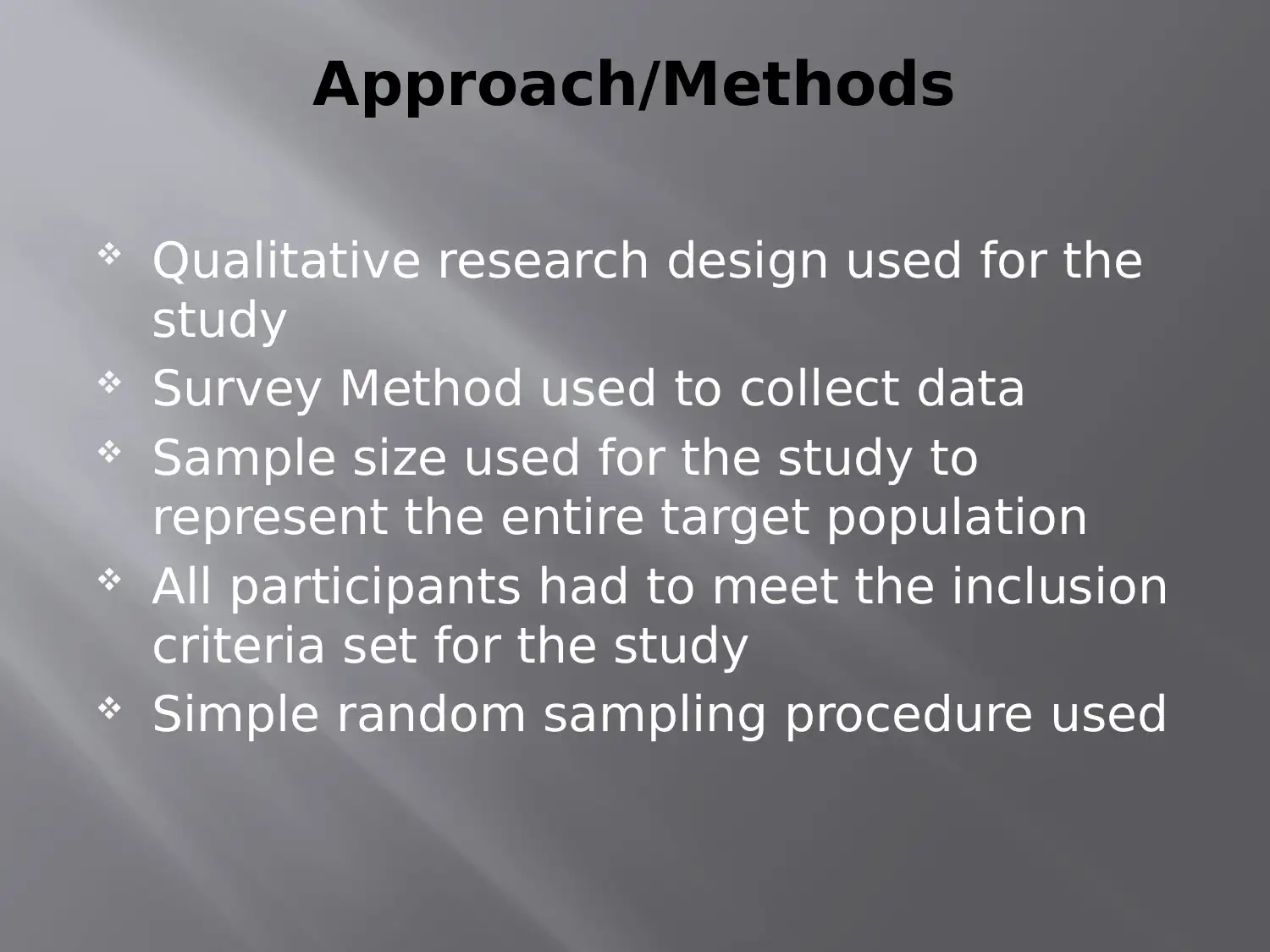
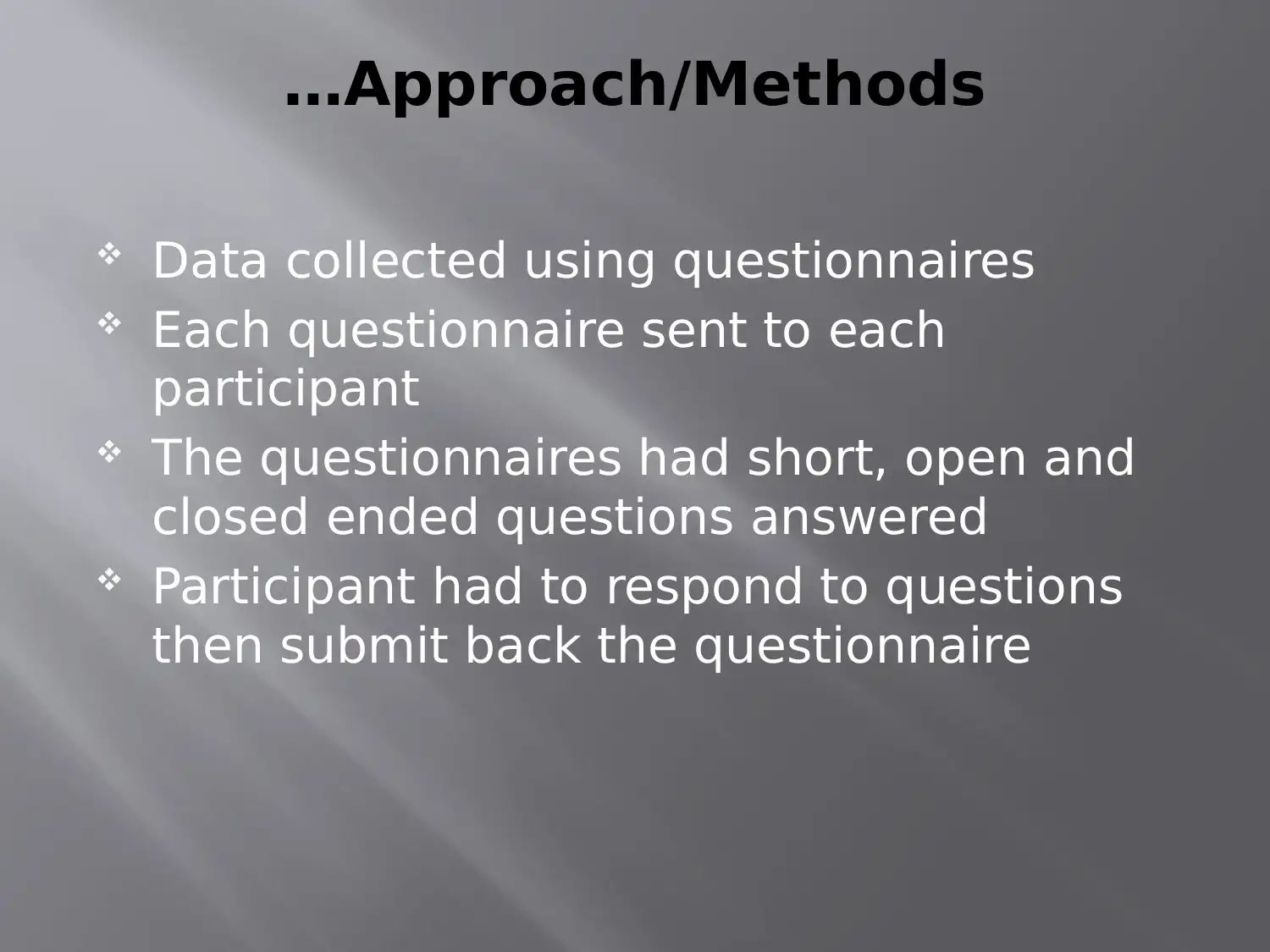
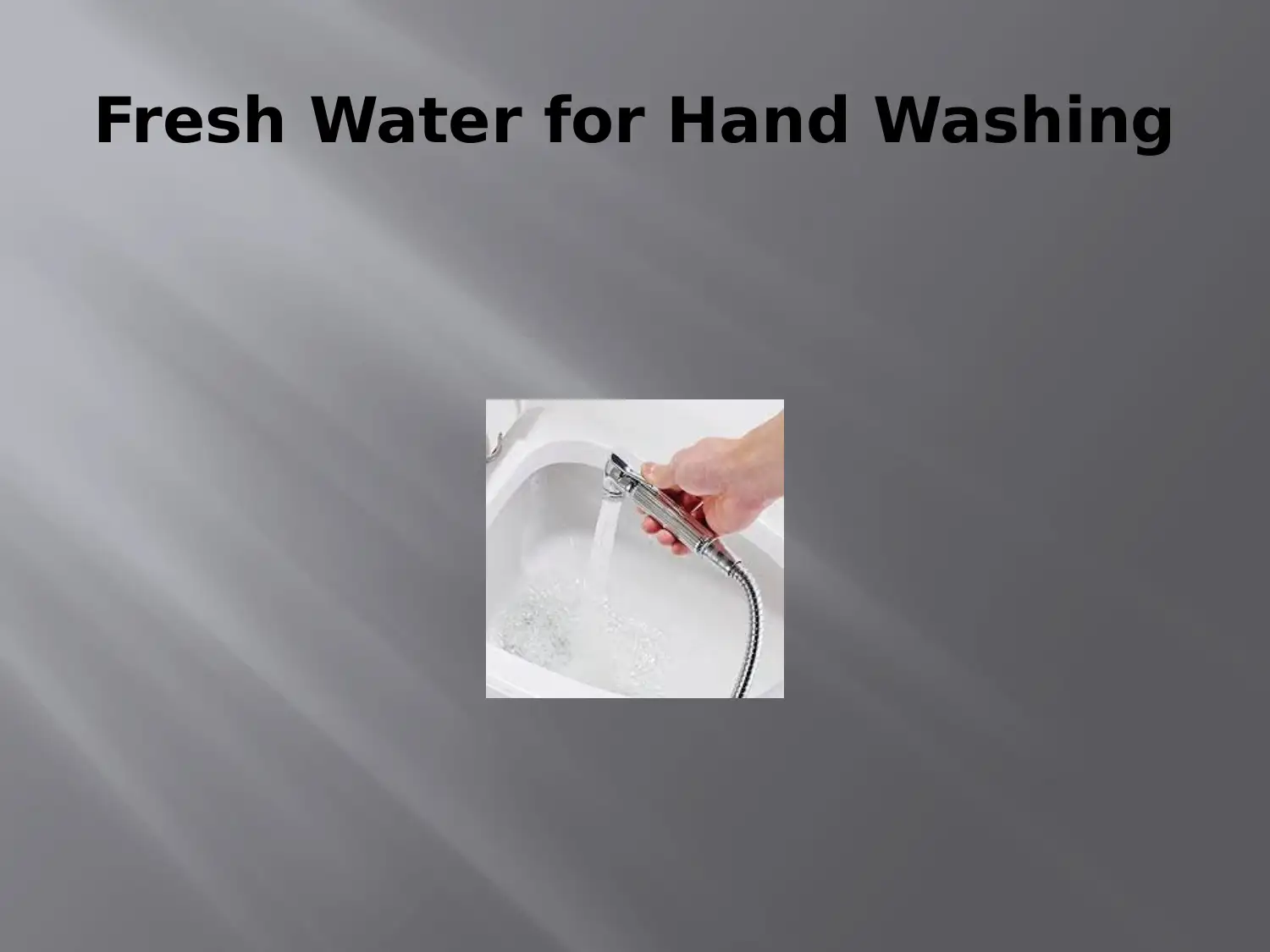
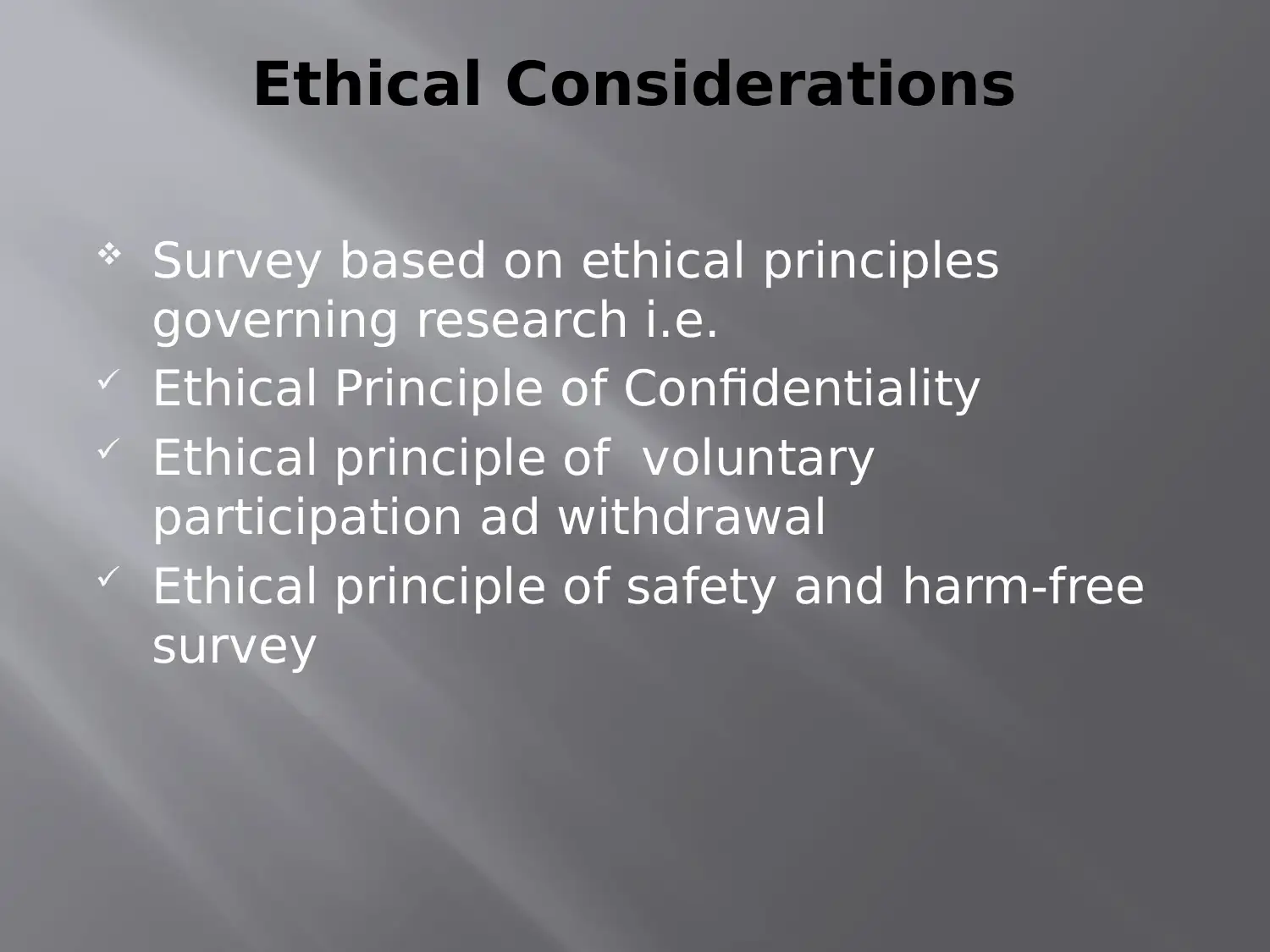
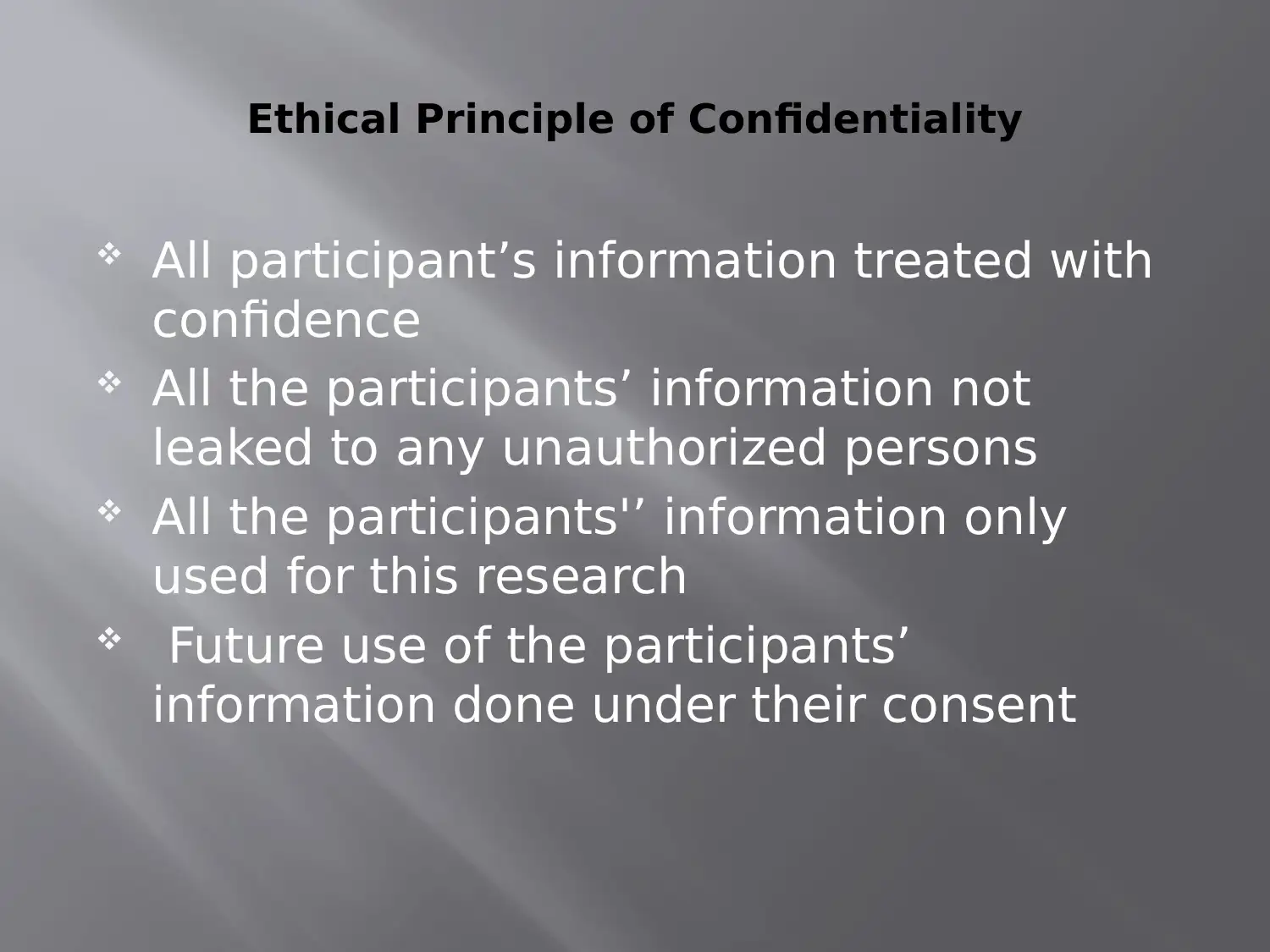
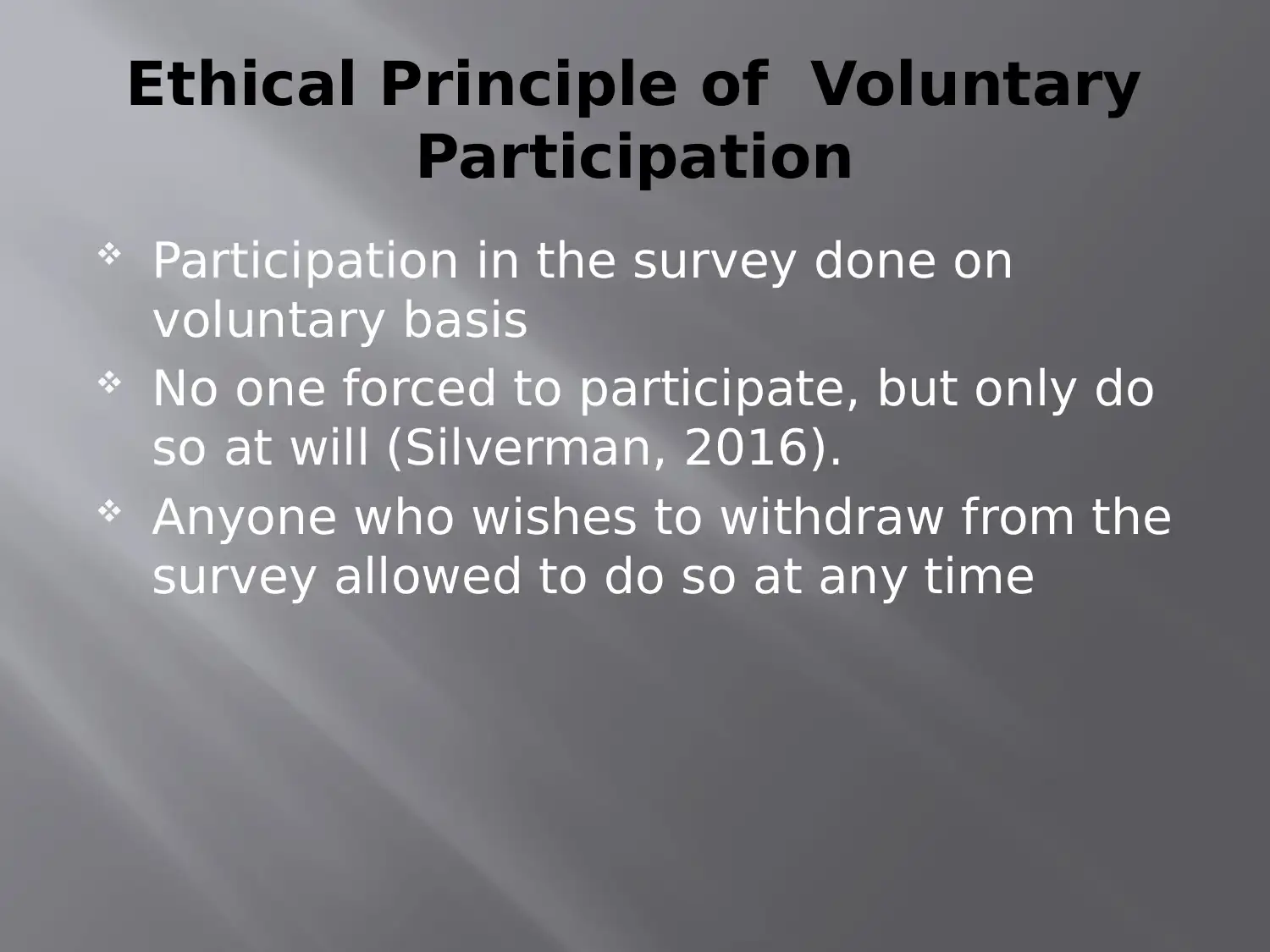
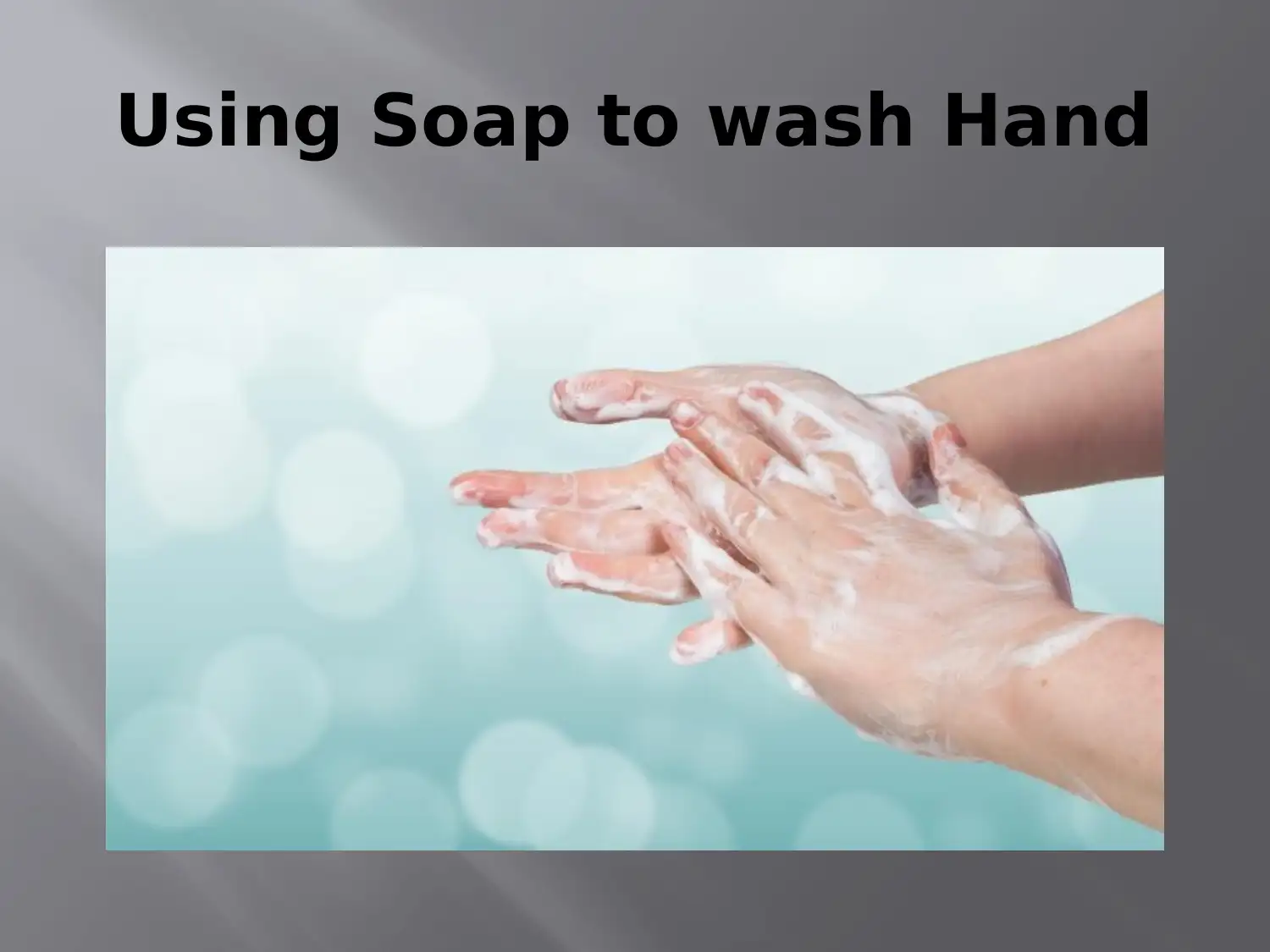






![[object Object]](/_next/static/media/star-bottom.7253800d.svg)